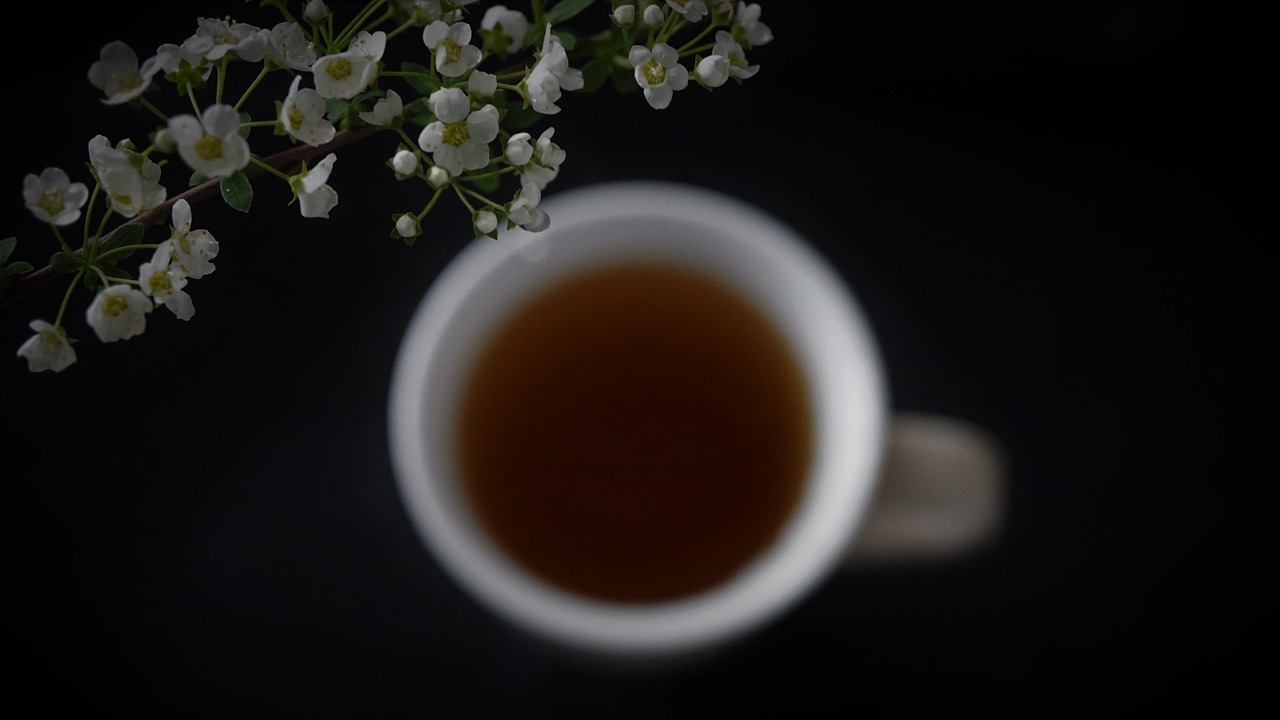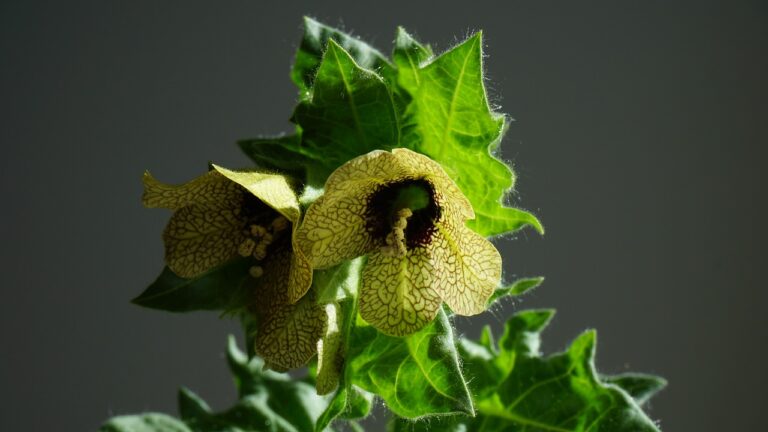The Science of Ayurveda: Ancient Wisdom for Modern Health
Ayurveda, an ancient healing system originating from India, offers a holistic approach to health and well-being in the modern age. Its emphasis on personalized medicine and preventive care is particularly beneficial in addressing various health issues faced by individuals today. By focusing on balancing the mind, body, and spirit, Ayurveda aims to not only treat existing ailments but also prevent future illnesses.
One of the key benefits of Ayurveda in modern health is its natural and gentle healing methods. Through the use of herbs, dietary changes, lifestyle modifications, and therapeutic practices like yoga and meditation, Ayurveda promotes self-healing and empowers individuals to take charge of their health. This integrative approach can help alleviate chronic conditions, reduce stress and anxiety, enhance immunity, and improve overall quality of life.
Understanding the Doshas: Vata, Pitta, and Kapha
Ayurveda, the ancient Indian system of medicine, categorizes the human body into three energy types known as doshas: Vata, Pitta, and Kapha. Each dosha represents a combination of the five elements—ether, air, fire, water, and earth—and governs specific functions within the body. Vata is associated with movement and communication, Pitta with metabolism and digestion, and Kapha with stability and structure.
Understanding the doshas is essential in Ayurveda as they serve as a foundation for diagnosing and treating imbalances in the body. By analyzing an individual’s dominant dosha and any imbalances present, Ayurvedic practitioners can recommend personalized lifestyle modifications, dietary changes, and herbal remedies to restore harmony and promote overall well-being. Balancing the doshas is believed to support optimal health and prevent the onset of diseases by maintaining a state of equilibrium within the body.
• Vata, Pitta, and Kapha are the three energy types in Ayurveda
• Each dosha represents a combination of the five elements
• Vata governs movement and communication
• Pitta is associated with metabolism and digestion
• Kapha is linked to stability and structure
Understanding the doshas is crucial for diagnosing and treating imbalances in the body. Ayurvedic practitioners analyze an individual’s dominant dosha to recommend personalized lifestyle modifications, dietary changes, and herbal remedies. By balancing the doshas, optimal health can be achieved while preventing diseases through maintaining equilibrium within the body.
The Importance of Balancing the Doshas
When the doshas are out of balance, it can lead to various physical and mental health issues. Understanding the unique characteristics of Vata, Pitta, and Kapha can help individuals identify imbalances and take steps to restore harmony. By balancing the doshas through lifestyle choices, diet, herbs, and practices like yoga and meditation, individuals can enhance their overall well-being.
Each person has a unique constitution, or prakriti, which determines their predominant dosha. By maintaining equilibrium between these three doshas, individuals can experience improved digestion, increased energy levels, better sleep, and overall vitality. Balancing the doshas is not only about addressing existing health concerns but also about preventing future imbalances and promoting longevity.
What are the benefits of Ayurveda in modern health?
Ayurveda offers a holistic approach to health and wellness, focusing on balancing the mind, body, and spirit. It promotes natural remedies, healthy lifestyle practices, and personalized treatment plans.
What are the three doshas in Ayurveda?
The three doshas in Ayurveda are Vata, Pitta, and Kapha. These doshas represent different combinations of the five elements (earth, water, fire, air, and ether) and govern various functions in the body.
Why is it important to balance the doshas?
Balancing the doshas is essential for maintaining overall health and well-being. When the doshas are balanced, the body functions optimally, and imbalances are less likely to occur, leading to a state of harmony and vitality.







